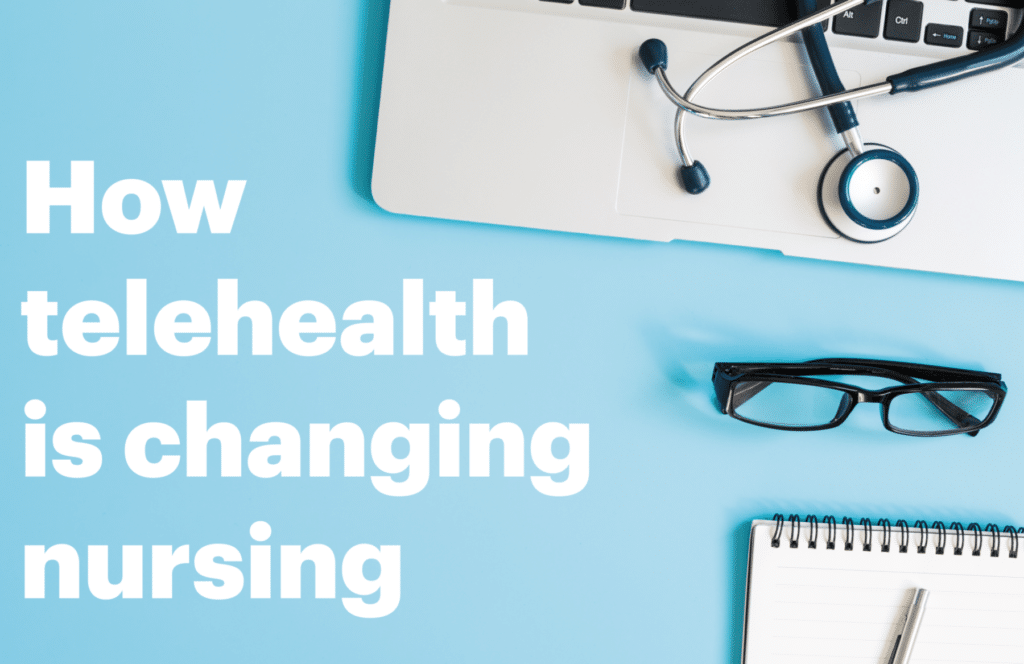How telehealth is changing patient care

As the digital age advances, telehealth is revolutionizing the landscape of patient care, offering remote medical services that are transforming how healthcare is delivered and received. This innovative mode of care delivery is not just an alternative but is becoming a primary way of connecting patients with healthcare providers.
Understanding the impact and benefits of telehealth is crucial for both healthcare providers and patients. This blog post explores how this digital health service is reshaping patient care, improving accessibility, and promising a future where healthcare is more inclusive and efficient.
The Rise of Telehealth
Telehealth refers to the use of digital information and communication technologies, such as computers and mobile devices, to access healthcare services remotely and manage healthcare needs. This has become especially crucial in times when in-person visits pose potential risks, such as during pandemics.
Healthcare providers have quickly adapted to this model, offering consultations, follow-up appointments, and even certain types of therapy via telehealth platforms. This not only helps in maintaining social distancing but also extends care to those in remote or underserved regions.
Telehealth's rise is attributed to advancements in technology and greater acceptance among both patients and providers. The convenience of receiving care without travel and the efficiency of managing health conditions remotely have contributed significantly to its popularity.
Increased Access to Care
One of the most significant benefits of telehealth is its ability to increase access to care. Patients living in rural or remote areas, who previously had limited access to healthcare services, can now receive the care they need. This is particularly important for specialized healthcare services that may not be available in their locality.
Moreover, telehealth also benefits individuals with mobility challenges or those who are immunocompromised by providing access to care from the safety of their homes.
Enhanced Patient Engagement and Satisfaction
Telehealth services are inherently patient-centered, offering enhanced convenience and flexibility. Patients can easily schedule appointments and access care outside of traditional healthcare settings, leading to increased satisfaction and engagement in their own health management.
The use of telehealth platforms also facilitates better communication between patients and healthcare providers, enabling real-time information sharing and greater transparency in care processes.
Cost-Effectiveness and Efficiency
By reducing the need for physical clinic visits, telehealth helps decrease healthcare costs for both providers and patients. It minimizes travel time and expenses, and also reduces the burden on healthcare facilities, allowing them to allocate resources more effectively.
Telehealth can also lead to better health outcomes by facilitating early detection and ongoing management of chronic conditions through regular monitoring.
Challenges and Future Directions
Despite the many advantages, telehealth does face challenges, including technical issues, privacy and security concerns, and the need for regulatory frameworks to support its widespread adoption. Ensuring equitable access to the necessary technology and internet services remains a significant barrier for some populations.
As telehealth continues to evolve, ongoing efforts to address these challenges will be crucial. The future of telehealth looks promising, with continual innovations aiming to improve the quality of care and make healthcare more accessible to all.
Telehealth is undeniably transforming patient care, making healthcare more accessible, efficient, and patient-centric. As we move forward, it's essential to address the existing barriers and fully leverage this technology to meet the growing healthcare needs of populations worldwide. The journey of telehealth is just beginning, and its potential to reshape healthcare is vast.

Related